Concrete Barn Floors: Pros, Cons, and Best Practices
Related Articles...
Concrete barn floors are a popular choice among farmers and livestock owners for their durability, ease of maintenance, and long lifespan. However, like any building material, concrete has its advantages and disadvantages, and there are specific best practices to follow to ensure it performs optimally in a barn environment. Below, we’ll dive into the pros, cons, and best practices of concrete barn floors.
Pros of Concrete Barn Floors
Durability and Longevity
Concrete is one of the most durable materials for barn floors. It can withstand heavy machinery, livestock traffic, and harsh weather conditions. With proper installation and maintenance, concrete barn floors can last for decades, reducing the need for costly repairs or replacements.
Easy to Clean
One of the biggest advantages of concrete barn floors is how easy they are to clean. Concrete surfaces are non-porous, making it easier to remove dirt, manure, hay, and other debris. A quick rinse with water or pressure washing can effectively clean the floor, maintaining hygiene in the barn.
Pest and Rodent Resistance
Unlike wooden or dirt floors, concrete doesn't provide a hospitable environment for pests or rodents. Concrete's solid surface prevents burrowing and nesting, keeping your barn free from unwanted infestations, which can affect livestock health.
Moisture Resistance
When properly sealed, concrete barn floors are highly resistant to moisture. This prevents water from seeping into the floor, reducing the risk of bacteria and mold growth. This is especially important in areas where livestock waste is present, as excessive moisture can lead to harmful conditions.
Cost-Effective in the Long Run
While the initial installation cost of concrete may be higher than some alternatives, its long lifespan and low maintenance costs make it a more cost-effective solution in the long run. With fewer repairs and minimal upkeep, concrete provides excellent value over time.
Cons of Concrete Barn Floors
Hard and Unforgiving Surface
Concrete can be hard on livestock's joints, hooves, and feet, especially if the floor is not properly cushioned with bedding or rubber mats. Animals standing on concrete for extended periods may develop joint or hoof problems, making comfort a concern.
Slippery When Wet
Untextured or untreated concrete surfaces can become slippery when wet, posing a safety risk for both animals and workers. In barns where there is frequent exposure to water or livestock waste, the risk of slips and falls increases, which may require additional safety measures.
Cold in Winter
Concrete floors retain cold temperatures, which can be uncomfortable for livestock during winter months. Cold floors may require additional heating solutions or heavy bedding to keep animals warm, adding to the cost and effort of barn maintenance.
Initial Installation Cost
Although concrete is cost-effective in the long run, the initial installation cost can be high. Pouring a proper concrete slab requires skilled labor and specialized equipment, and this upfront investment may be prohibitive for some farmers or barn owners.
Potential for Cracking
Over time, concrete floors may develop cracks, especially if there are issues with the subgrade or if the floor experiences freeze-thaw cycles. Cracks in the floor can harbor dirt and moisture, making it difficult to clean and maintain. Regular inspections and repairs are needed to prevent minor cracks from becoming larger problems.
Best Practices for Concrete Barn Floors
Proper Subgrade Preparation
The foundation of your concrete floor is crucial to its longevity and performance. Ensure the subgrade is well-compacted and stable before pouring the concrete. Poor subgrade preparation can lead to uneven settling and cracks. Consider consulting a professional to assess the soil and recommend the right subgrade material, such as gravel or crushed rock.
Use of Sealants
Sealing the concrete is essential for protecting it from moisture, staining, and wear. A high-quality concrete sealer will create a barrier that prevents water, manure, and chemicals from penetrating the surface. Regularly reapply the sealant to maintain the floor’s integrity and ensure it remains easy to clean.
Add Texture for Traction
To prevent slipping hazards, it’s important to add texture to the surface of the concrete. This can be achieved by broom finishing or adding a slip-resistant coating. These textured finishes improve traction, making the barn safer for both livestock and workers, especially in wet or humid conditions.
Install Adequate Drainage
Proper drainage is crucial for maintaining a clean and dry barn. When installing a concrete floor, ensure it is slightly sloped toward drains or designated runoff areas to prevent pooling water and reduce the risk of bacterial growth. A well-drained floor will minimize moisture-related problems like mold, odors, and slippery surfaces.
Use Rubber Mats or Bedding
To enhance comfort for your animals, consider placing rubber mats or bedding over the concrete floor, especially in areas where livestock will spend extended periods of time. Rubber mats provide cushioning that reduces the stress on animals' joints and hooves, and bedding adds warmth during colder months. Regularly clean and replace bedding to maintain hygiene.
Concrete Barn Floors
Concrete barn floors, when installed properly, offer a range of benefits. However, it's important to address potential drawbacks and by following its best practices these challenges can be effectively mitigated.
For those looking to enhance the longevity and quality of their barn floors, Primed Concrete provides top-tier solutions. With our expertise in concrete installation and maintenance, Primed Concrete ensures that your barn floors are installed with precision and care.
Trust Primed Concrete to deliver a flooring solution that supports both functionality and the well-being of your livestock, ensuring a long-lasting investment for your farm.





